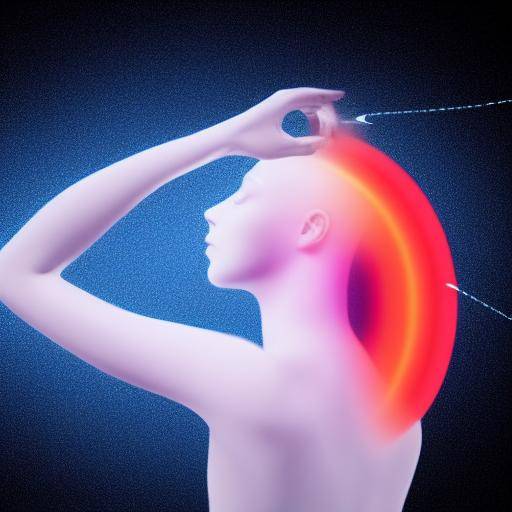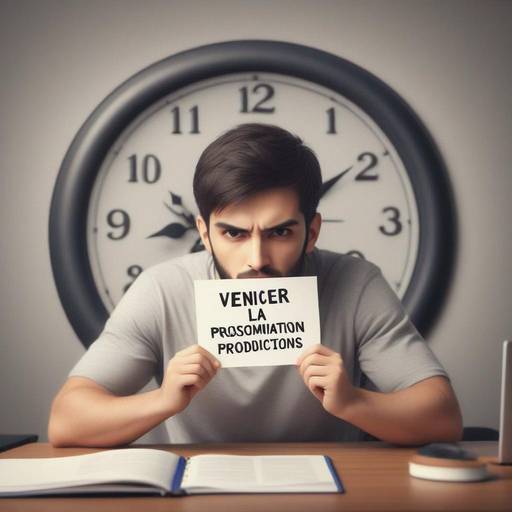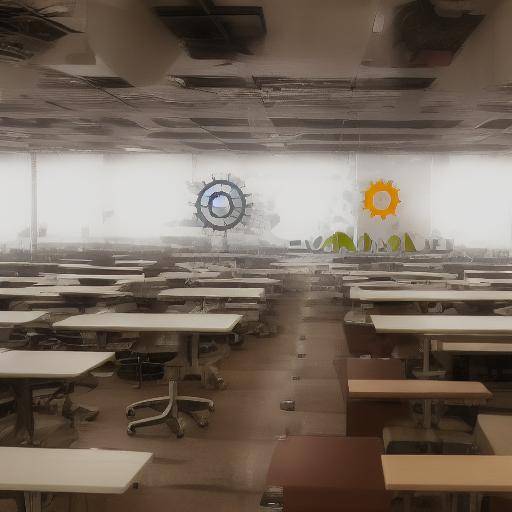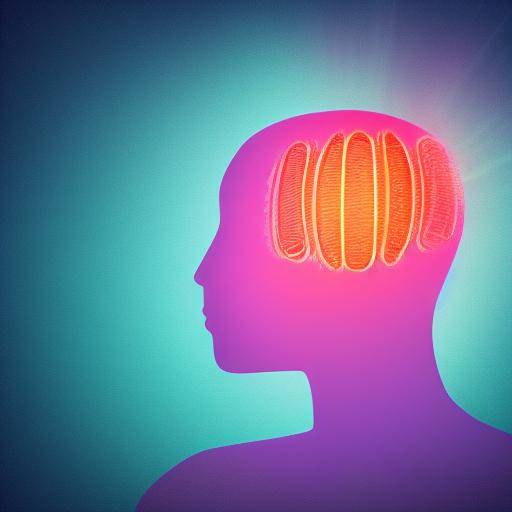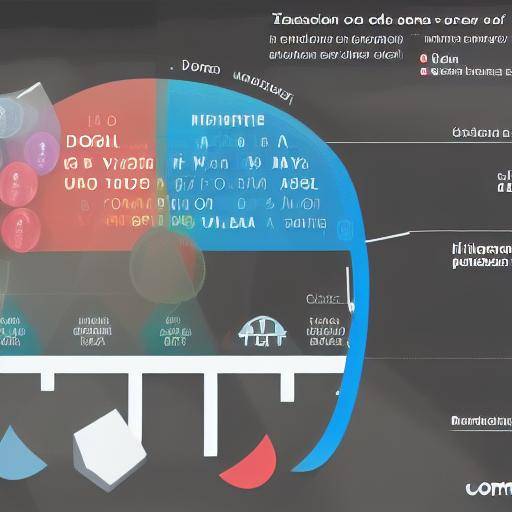
The ability to maintain concentration in a world full of distractions is fundamental for success in almost all facets of life. Whether in the workplace, academic or sports, maintaining a sharp mental approach can make the difference between success and mediocrity. In this article, we will explore how visualization techniques can be a powerful tool to improve concentration and ultimately performance in different areas of life. We will discover its history, benefits, applications, techniques and effective strategies for its use, as well as future trends. Enter the world of visualization techniques and discover how to improve your concentration!
Introduction
From elite athletes to successful business executives, the use of visualization techniques has become a key tool to improve concentration and performance. Visualization involves creating vivid and detailed mental images of a desired action or result. By focusing the mind on these images, you can train the brain to achieve a greater focus and control on thoughts and emotions. Before immersed in the practical applications of these techniques, it is crucial to understand their origin and evolution.
History and background
The use of visualization techniques goes back to ancient times, where it was used in religious contexts, healing and ceremonial rituals. However, its modern application in areas such as sport, education and psychology has evolved significantly over time. Since its popularization in the 1970s, it has become a key tool to maximize human potential.
The development of these techniques has been closely linked with influential figures in the field of psychology and human performance, such as the psychologist Albert Bandura, who expanded the understanding of self-efficacy and its role in visualization. In addition, scientific studies have supported the effectiveness of visualization to improve performance and concentration in various areas.
In-depth analysis
Advantages and challenges of visualization techniques
The visualization techniques offer a wide range of benefits, ranging from better focus and concentration to greater self-confidence and stress reduction. However, its effective application requires practice and patience, since mastering the ability to create vivid mental images can take time and effort.
Current trends and relevant statistics
At present, visualization techniques have become even more relevant with the popularization of meditation and full attention. Recent studies have shown growing interest in their application in labour and educational settings, leading to increased scientific research and the spread of their benefits.
Comprehensive review
Best practices and practices
The visualization techniques find applications in a wide range of contexts, from high-performance sport to troubleshooting in professional environments. With practical exercises and programs specifically designed for different objectives, it is possible to maximize their potential and achieve exceptional results.
Perspectives of experts and future prospects
Experts in psychology and performance neuroscience have been exploring new ways of optimizing visualization techniques through technology and customization. This evolution promises to open new possibilities for improving mental focus and performance in various fields.
Comparative analysis
Visualization techniques, mental focus and performance improvement are closely related and, in many respects, overlap in their ultimate goal: maximizing human potential. While visualization techniques focus on the creation of mental images, the mental approach encompasses a wider range of strategies to maintain concentration, such as full attention and self-consciousness. On the other hand, improved performance encompasses a broader approach that includes not only concentration, but also efficiency, problem-solving and long-term goals.
Accessible practical advice and recommendations
- Set daily display curtains: Dedicates a specific time each day to practice visualization techniques, preferably in a quiet environment and without distractions.
- Visualize clear and specific objectives: Focus on specific and detailed goals when visualizing, which will help strengthen the connection between your actions and the desired results.
- Use All Sitting: In visualizing, it incorporates not only visual images, but also sounds, smells and touch sensations to make the experience more real and enveloping.
- Keeping a positive attitude: In visualizing, projecting a positive and safe mentality, focusing on the sense of achievement and success through achieving its objectives.
- Practice displaying complicated scenarios: In addition to visualizing successful results, he practices visualizing the overcoming of obstacles and solving difficult situations.
Industry perspectives and expert reviews
Several experts in performance psychology and neuroscience have shared their vision of the future of visualization techniques and their impact on improving performance. Their views converge in the continuing potential of visualization as a powerful tool for personal development and achievement of objectives.
Case Studies and Applications in Real Life
Case 1: Application in High Performance Sport
The professional football team "Athletic Club" has integrated visualization techniques in its daily training, which has led to a significant improvement in concentration and decision-making in the field.
Case 2: Visualization in the educational area
Schools and universities have implemented visualization programs to help students manage stress, improve their focus and increase their academic performance, with promising results.
Future trends and predictions
As neuroscience and technology continue to advance, visualization techniques are expected to be increasingly personalized and effective, allowing people to maximize their potential and achieve exceptional results in various areas of life.
Conclusions
Visualization techniques offer a powerful tool to improve concentration and performance in different contexts, from competitive sport to professional environment. By mastering these techniques, it is possible to improve the ability to focus the mind and achieve exceptional results.
FAQ (PFA)
1. What are the concrete benefits of using visualization techniques in the working environment?
Visualization techniques in the working environment can help improve concentration, reduce stress and anxiety, increase productivity and creativity and strengthen confidence and decision-making.
2. How often should visualization techniques be practiced for effective results?
Ideal frequency can vary according to the person and their specific goals. However, it is recommended to practice daily, preferably in a quiet and constant time.
3. Are visualization techniques useful for students seeking to improve their academic performance?
Yes, visualization techniques can be very beneficial for students by helping them concentrate, reducing anxiety in exams, increasing motivation and improving information retention.
4. Are there resources or applications online that can help you learn and practice visualization techniques?
Yes, there are numerous online resources such as applications, videos and guides, which offer practical exercises and tools to learn and practice visualization techniques. These resources can be useful for those who want to acquire visualization skills or improve their existing techniques.
5. What role does visualization play in developing self-confidence and self-suggestion?
Visualization can strengthen self-confidence by helping people experience mental situations in which they succeed, which in turn influences their attitude and belief in their abilities. Self-suggestion, or the influence of positive thoughts on oneself, can be reinforced by the visualization of desirable achievements and situations.
6. How can visualization techniques help people overcome obstacles and adversities?
The visualization of overcoming obstacles and resolution of difficult situations can strengthen a person’s ability to face, promoting a proactive and optimistic attitude even in difficult circumstances.
With this full article on visualization techniques, mental focus and performance improvement, readers will be able to deepen their understanding and acquire practical knowledge to apply these powerful strategies in their lives.

